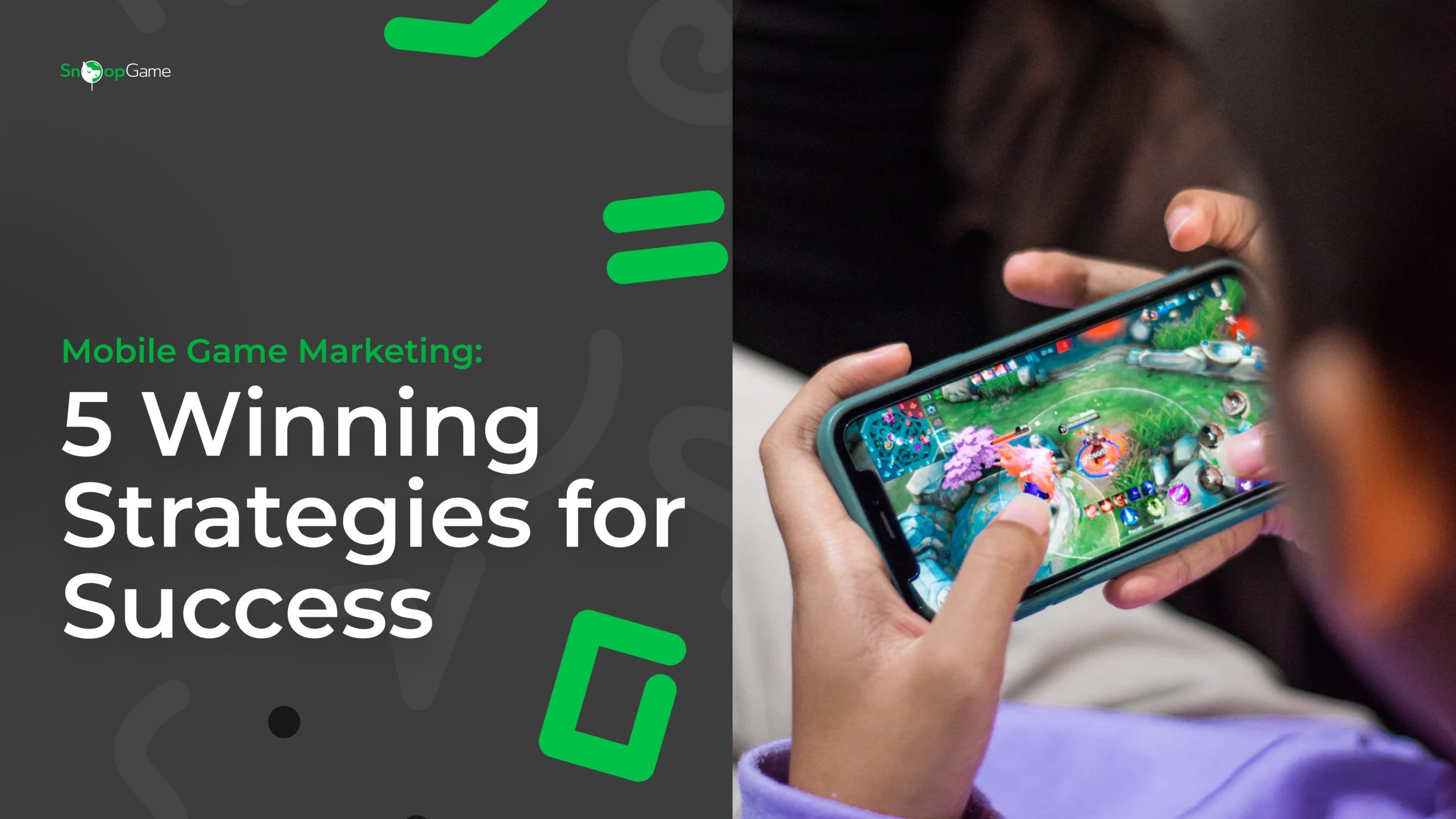Gone are the days when crafting a mobile game demanded hefty investments of both time and resources. Developers once grappled with intricate code for every aspect, from basic menus to intricate features. However, the advent of game engines like Unreal and Unity revolutionized this process, slashing development times significantly. Now, leveraging ready-made frameworks, developers flood app stores with a plethora of games and apps. Yet, with abundance comes a new challenge: standing out amidst the sea of offerings.
In this piece, we unravel the essence of mobile game marketing—its significance, strategies, and the keys to success.
Contemporary Trends in Mobile Gaming
- Cloud Gaming: As 5G networks proliferate, cloud gaming is primed for mainstream adoption. This advancement promises high-quality gaming experiences akin to consoles, sans the need for robust hardware, thus democratizing gaming accessibility.
- Augmented Reality (AR) and Virtual Reality (VR) Games: The integration of AR and VR in popular titles like Pokémon Go foreshadows a trend toward more immersive gaming experiences that blur the lines between reality and virtuality.
- Multiplayer Games: With the omnipresence of social media, multiplayer games are forging deeper connections among players. Seamless connectivity across mobile, PC, and consoles is fostering a vibrant gaming community.
- Subscription Models: The proliferation of subscription-based mobile games persists as developers seek recurring revenue streams. More titles are likely to embrace subscriptions to monetize their offerings effectively.
- Cross-Platform Gaming: Enabling gaming across multiple devices under a unified account gains traction. This trend not only broadens player options but also expands developers’ reach.
- Deciphering Mobile Game Marketing: Mobile game marketing encompasses an array of strategies and tactics designed to thrust mobile games into the limelight, driving downloads, revenue, and player retention.
Strategies in Mobile Game Marketing:
- App Store Optimization (ASO): Enhancing visibility in app store search results through meticulous optimization of game metadata and descriptions.
- Influencer Marketing: Collaborating with social media influencers and content creators to amplify game promotion among their followers.
- Social Media Marketing: Leveraging social platforms to advertise games and foster player engagement.
- Paid Advertising: Deploying paid channels such as mobile ad networks, in-game ads, and social media ads to bolster downloads and revenue.
- Content Marketing: Crafting compelling content like blog posts, videos, and infographics to allure and educate potential players.
- Community Management: Cultivating and nurturing a player community through forums, social media groups, and online platforms.
The amalgamation of these strategies is pivotal for success in the fiercely competitive mobile gaming market. Harnessing mobile game marketing enables developers to attract players, generate revenue, and thrive in this dynamic ecosystem.
The Quintessential Strategies for Mobile Game Promotion
The paramount objective in mobile game promotion is swift ascension to the apex of app stores. Channeling a substantial portion of the budget into the launch phase amplifies downloads, fostering virality. However, a prudent approach is imperative to surmount formidable competitors with colossal download counts.
Here are some indispensable strategies:
- Thorough Market Research: Whether conceiving a new game or promoting an existing one, market research is paramount. Unveil current trends using tools like Google Trends and meticulously plan the advertising budget.
- Game Testing and Soft Launch: Before market entry, subject the game to rigorous testing involving testers, journalists, and bloggers. Address feedback to garner favorable reviews. Soft launch in select markets allows for fine-tuning before a global rollout.
- App Store Optimization (ASO): Elevate app visibility by strategically employing keywords, icons, screenshots, and descriptions. Regular updates and A/B testing ensure continued optimization.
- Promotional Videos: Harness the power of videos to showcase gameplay and evoke emotions that drive downloads. Video ads, playable ads, and rewarded video ads are potent tools for captivating audiences.
- Social Media Ad Campaigns: Leverage the pervasive reach and precise targeting capabilities of social media platforms to accelerate user acquisition and gauge post-download actions.
Wrapping Up
Developing a mobile game is merely the tip of the iceberg; the real challenge lies in garnering visibility and sustaining player interest. Mobile game marketing serves as the cornerstone for keeping games perpetually engaging and visible. It encompasses an array of techniques, including app store optimization, influencer collaborations, social media engagement, and paid advertising. When wielded adeptly, these strategies catapult games to the upper echelons of app stores, augmenting downloads and active users. Here’s to unlocking the full potential of your mobile game through strategic marketing endeavors. Best of luck!
Experiencing low player retention during your game’s early days?
Our expert team identifies tutorial issues, addresses freezes and tackles non-obvious cases to deliver games with minimum bugs.
Reach out to us today to learn how our game functionality testing services can boost your game’s performance and player engagement.



















